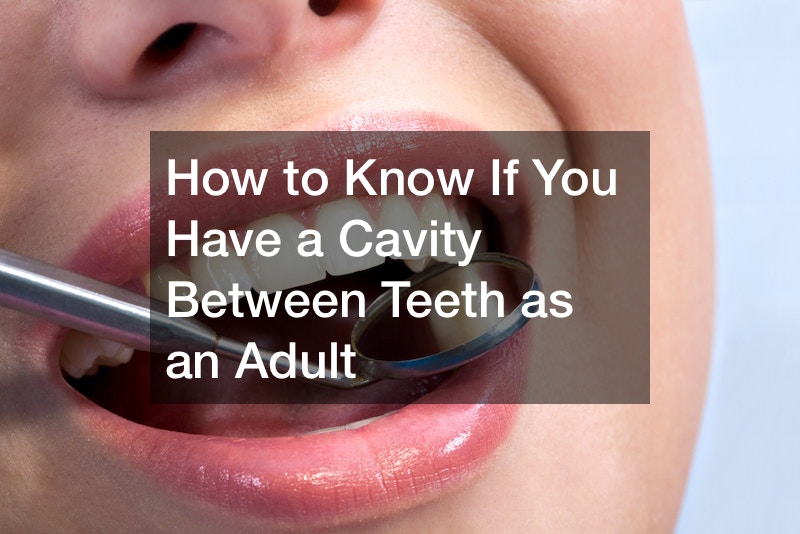Image Source: https://dentalvideo.net/how-to-know-if-you-have-a-cavity-between-teeth-as-an-adult/
How to Know If You Have a Cavity Between Teeth as an Adult
cleanliness, eating a healthy and well-balanced diet, and not eating food items that are acidic or sugary, as well as beverages.
If you have teeth that are overcrowded, it can not only negatively affect the smile, but can also impact your dental health. A crowded mouth can cause difficulty in brushing and floss efficiently this can lead to the accumulation of harmful bacteria within the mouth. Crowded teeth can put excess pressure on certain teeth, which can lead to an uneven wear or damage in the span of.
If you're searching for solutions to the problem of crowded teeth, Invisalign may be a good option to consider. Invisalign is an aligning treatment using clear removable aligners that gradually move your teeth into place. Invisalign aligners are easily taken off and replaced using traditional braces.
Symptoms of Cavities Between TeethThere are times when dental decay might produce no visible symptoms This is one reason why regular dental exams are crucial. For early detection of decay the dentist uses special imaging techniques. Your dentist's expertise can assist you in determining if there's an existing cavity between your teeth. A good oral hygiene routine, such as flossing every all day and brushing twice per day with fluoride toothpaste will keep cavities away from appearing within your teeth.
Dental cavities can be a sign of sensitivity. could include the feeling of sensitivity to hot or cold temperatures, discomfort whenever you chew, holes or pits in the teeth, and discoloration or stained teeth on the surface. If you think you've got a cavity in between teeth, it's important to arrange an appointment to see your dentist as quickly as possible. An early diagnosis and intervention can prevent the cavity from worsening and inflicting more severe harm to your tooth.
The Differences between Cavities in both the front and back TeethThe possibility of developing cavities is present in all teeth. But, there are some key differences.
.